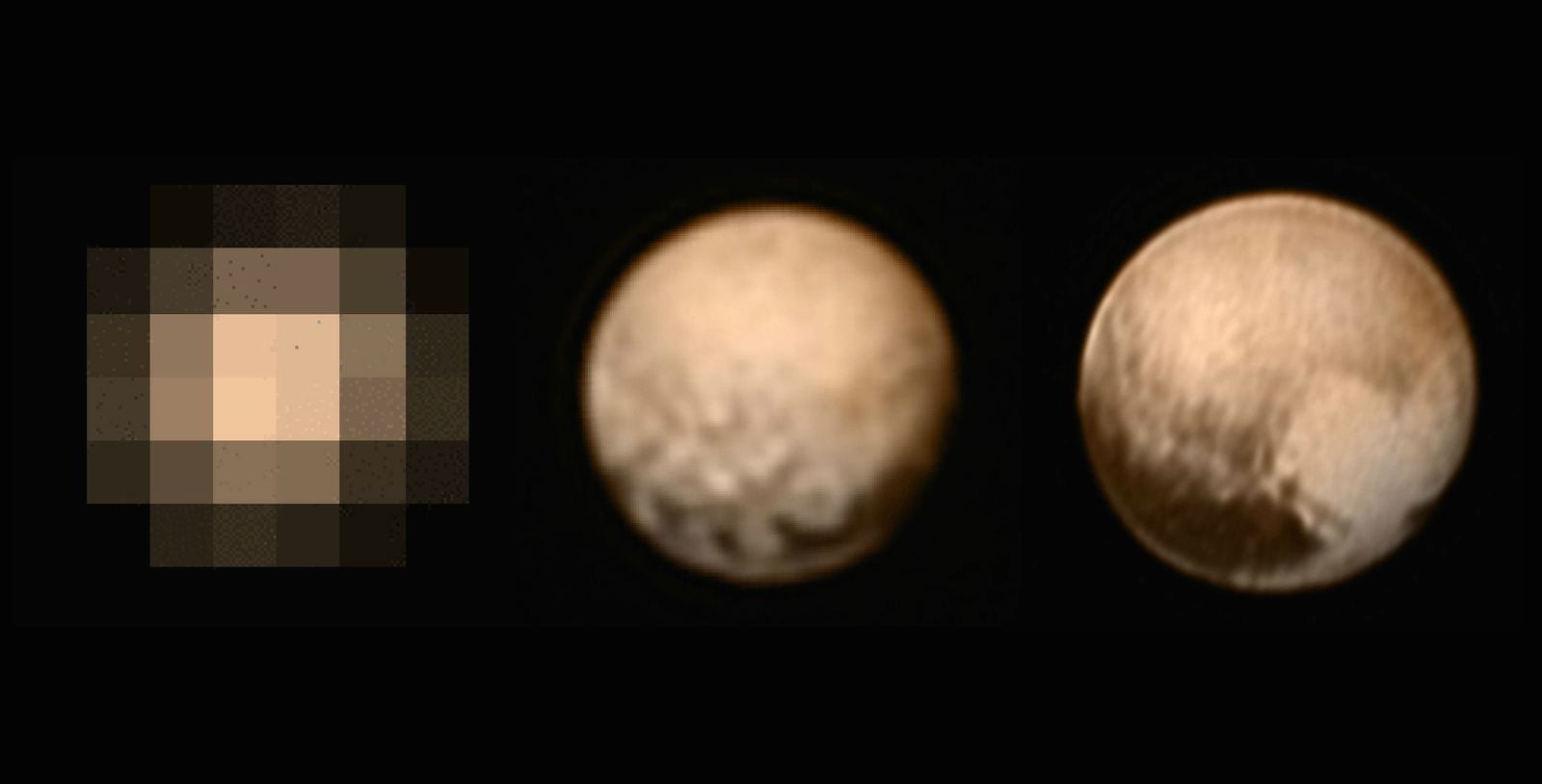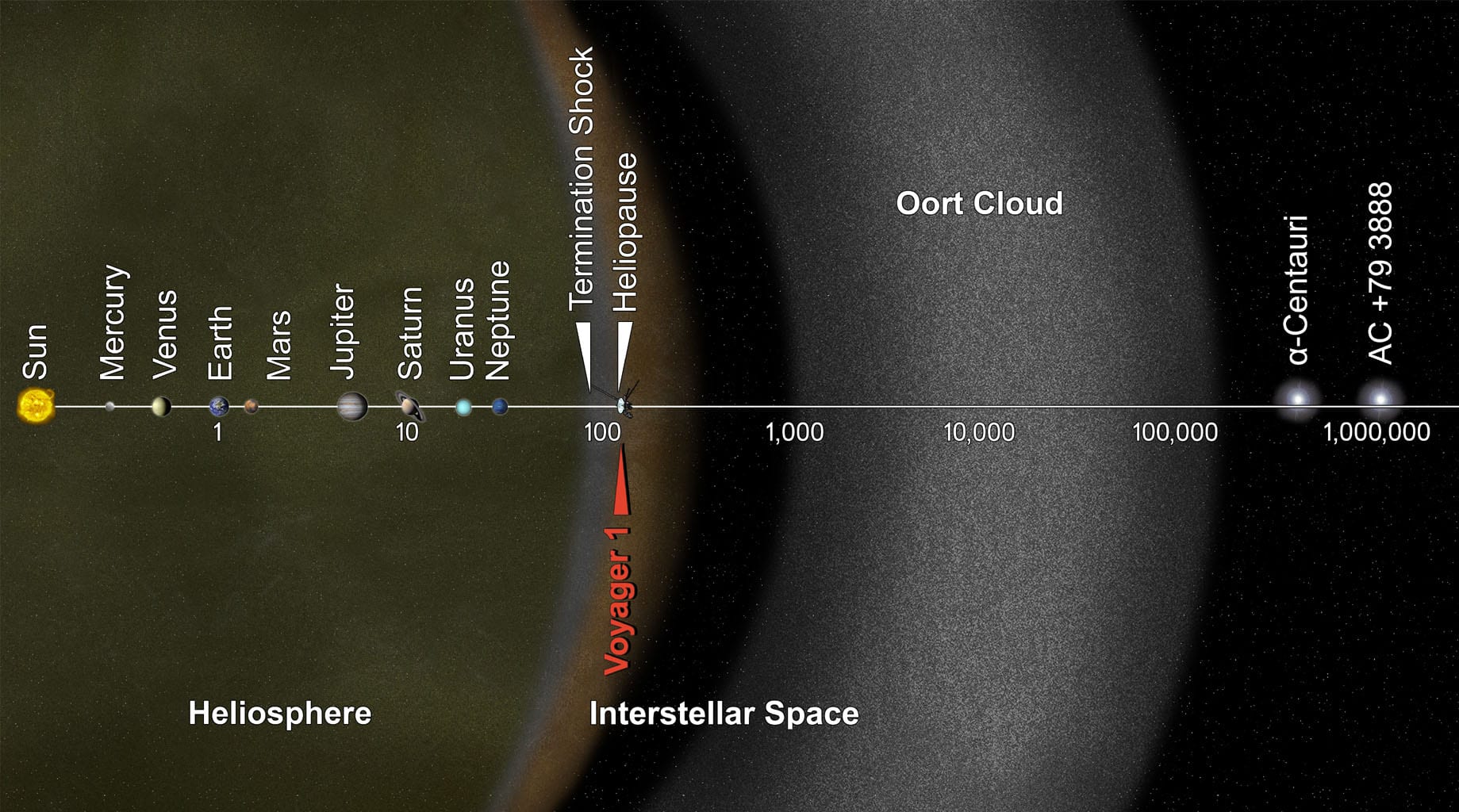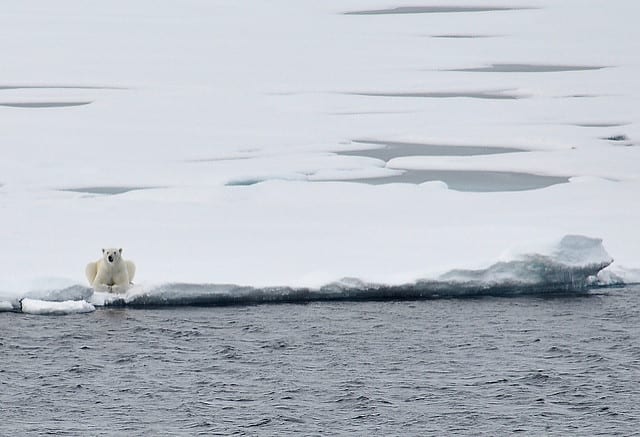Pluto! Enigmatic, icy, and (at one time) one of the nine planets to grace the solar system we call home. Now labeled a “dwarf planet†after contentious debate in 2006, Pluto sadly wasn't even able to complete one orbit around the sun between its discovery and demotion.
Unfortunately for Pluto, size matters in the planet classification system. Nevertheless, the NASA New Horizons spacecraft is set to conduct the first reconnaissance of Pluto and the Kuiper Belt, a distant collection of antiquated remnants from the formation of our solar system.

Set to arrive at Pluto on July 14th, 2015, New Horizons was launched in 2006 for its 9-year journey to Pluto, using a gravity boost from Jupiter in 2007 to expedite its voyage to the frosty exteriors of our cosmic neighborhood.
The mission has been touted as a quest “into the history of the solar system†by Alan Stern, the principal investigator for New Horizons. NASA believes we will gain valuable insight into the origins of our solar system by analyzing the surface and atmospheric composition of Pluto in addition to its five known moons.
This mission also holds historical significance. The last time NASA conducted an initial flyby of a planet was 26 years ago. That was back when the Voyager 2 probe reached the ice giant Neptune and beamed back stunning images of its azure atmosphere.
Already, New Horizons has given us color images of Pluto displaying two unique faces, or sides, of the planet. A series of peculiar evenly spaced black circles, each about 300 miles in diameter, were also spotted near its equator. NASA scientists don't have a clue as to what they are (most likely Plutonian crop circles plowed by aliens), but data from when the New Horizons probe is orbiting 7,700 miles above Pluto's surface is expected to clear things up. Fresh off the recent successes of settling the Philae lander down on a comet and New Horizons arriving at Pluto, NASA seems to be on a roll in the intra-solar system travel arena.
After the investigation of Pluto and the Kupier Belt, the end of an era is upon us. We have explored all of the planets, even the dwarves, of our cozy little solar system.
Now interstellar space, the space between stars, beckons our arrival. But why make the treacherous, expensive, and undoubtedly slow trudge to interstellar space? In 1962, John F. Kennedy faced the same dilemma when deciding to go to the moon, echoing the same concerns saying, “But why, some say, the moon? Why choose this as our goal? And they may well ask why climb the highest mountain? Why, 35 years ago, fly the Atlantic?†As you know, President Kennedy answered his own question:
“We choose to go to the moon in this decade and do the other things, not because they are easy, but because they are hard.â€
The journey to interstellar space will certainly be an arduous one, but channeling the spirit of Kennedy, the human condition pushes us onward and upward.
The prospects of making such an interstellar journey seem slim…but are they? In 1977 NASA launched the identical Voyager 1 and 2 probes with the original goal of exploring the gas giants Jupiter and Saturn, which produced some pretty amazing photos of active volcanoes on Jupiter's moons. After a mission extension Voyager 2 even went on to explore Uranus in 1986 and Neptune in 1989.
Nowadays, the industrious voyager mission is setting its sights even further. On August 25, 2012, it was confirmed that Voyager 1 became the first man-made object to leave our solar system to enter the depths of interstellar space when it crossed out of our heliosphere. The heliosphere is the sphere of our sun's magnetic influence, outside of which lies the torrential onslaught of cosmic rays from interstellar space. Voyager 2, a few years behind and a bit slower than Voyager 1, is expected to cross the same threshold in the next few years.
The Mercury, Gemini, and Apollo missions from NASA proved that we could leave earth, venture out beyond our orbit, and traverse the entities of our solar system. Now interstellar travel, novel as it may be for humans, entails entering the void between stars, a feat unimaginable for those who started with NASA back in 1958.
NASA's reconnaissance with Pluto and the Kuiper Belt will be a capstone on an age where the edge of our solar system was considered unreachable, pushing our limits of discovery where interstellar space is now quite literally the “new frontier.â€
Image credits:
- Pluto and Voyager Mission graphics – NASA/Johns Hopkins University Applied Physics Laboratory/Southwest Research Institute
About the Author
John J. Spiekerman is a postdoctoral researcher in the Department of Plant Biology at the University of Georgia. John's research focuses on salt tolerance in seashore paspalum, a halophytic grass species, with the hope of improving salt-sensitive food crops. He is a co-founding member of Athens Science Observer, where he served as Editor-in-Chief in 2017, and also served on the programming board for the Athens Science Café. He loves pizza, coffee, playing music, reading, and running…exactly in that order.
-
John Spiekermanhttps://athensscienceobserver.com/author/john-spiekerman/March 23, 2021
-
John Spiekermanhttps://athensscienceobserver.com/author/john-spiekerman/November 3, 2020
-
John Spiekermanhttps://athensscienceobserver.com/author/john-spiekerman/March 18, 2020
-
John Spiekermanhttps://athensscienceobserver.com/author/john-spiekerman/










